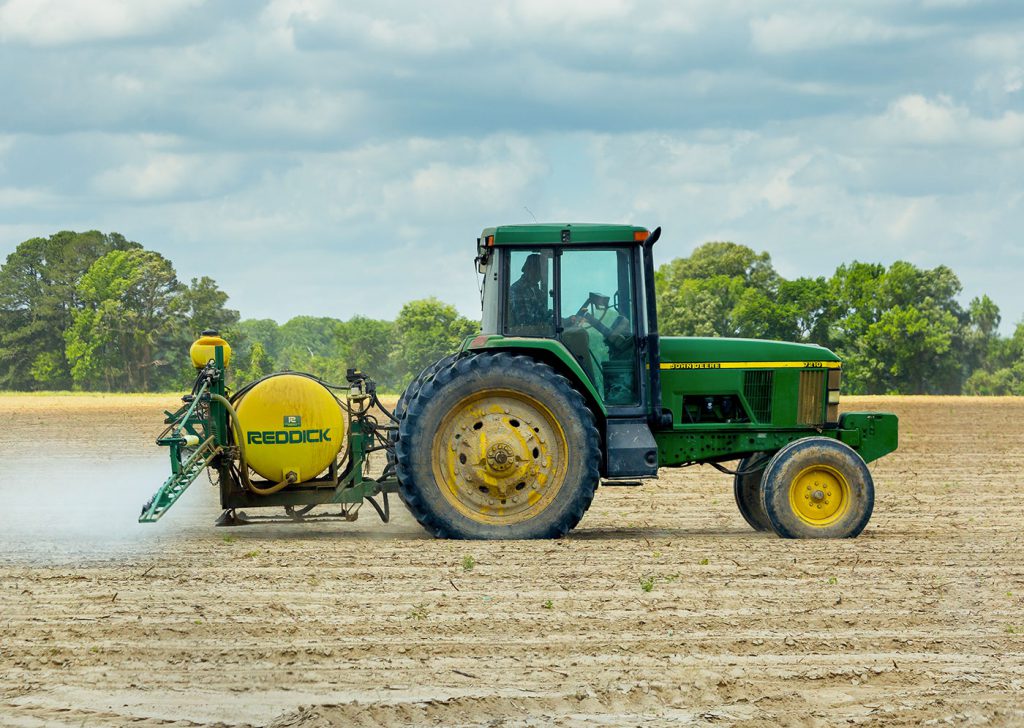Preparing the soil
A car’s engine is the most important and a car that requires emergency lights regular maintenance and care.
Making regular trips of less than 3 to 4 miles, with each followed by several hours of inactivity, can be tough on your engine. The short trip is harder on your engine than longer trips because there is not enough time for the engine to completely warm up and burn off condensation and fuel vapors that form in the crankcase. Over time, these contaminants will accumulate and result in the formation of corrosive acids and sludge, making the oil less effective at doing its job.
if you are driving in extreme weather conditions you should be aware of the effects this can have on your oil. Consider using a synthetic oil to add some extra protection. In addition to the weather, making trips where you are stopping and starting frequently – such as city driving or bumper to bumper traffic – can do a number on your engine. Sticking to your maintenance plan is even more important if your daily commute includes frequent stopping-and-starting. If you are this type of driver you may benefit from more frequent oil changes – especially if you have an older vehicle.
Once this damage is done, the only remedies may be a major engine overhaul or complete replacement. As some in the car repair business have said “Pay me a little now or a lot later”.
Mass Airflow Sensor Checking
- Check Engine Light
- Black Exhaust Smoke
- Misfiring/Rough Running
- Difficulty Starting/Turning the Engine Over
While it might seem excessive to keep a gallon of water and non-perishable food items in your car’s trunk, you’d be surprised how important it is when faced with an emergency. The last thing you want is to get out of the safety of your car amid a snowstorm to search for water and food items. Ideally, you should keep ample water and food to hanker down in your car for a few hours. Distilled water is best as you can drink it or use it as a car coolant. As for food items, high-calorie foods such as cereals, nutrition bars, nuts, and trail mix are ideal.
Ensure you have flares, a flashlight, and a first aid kit in your emergency kit. Flares help warn other cars of your presence in the low-visibility of a snowing day/night. Flashlights are helpful when you want to move around the vehicle. Finally, a first aid kit can be a lifesaver.








